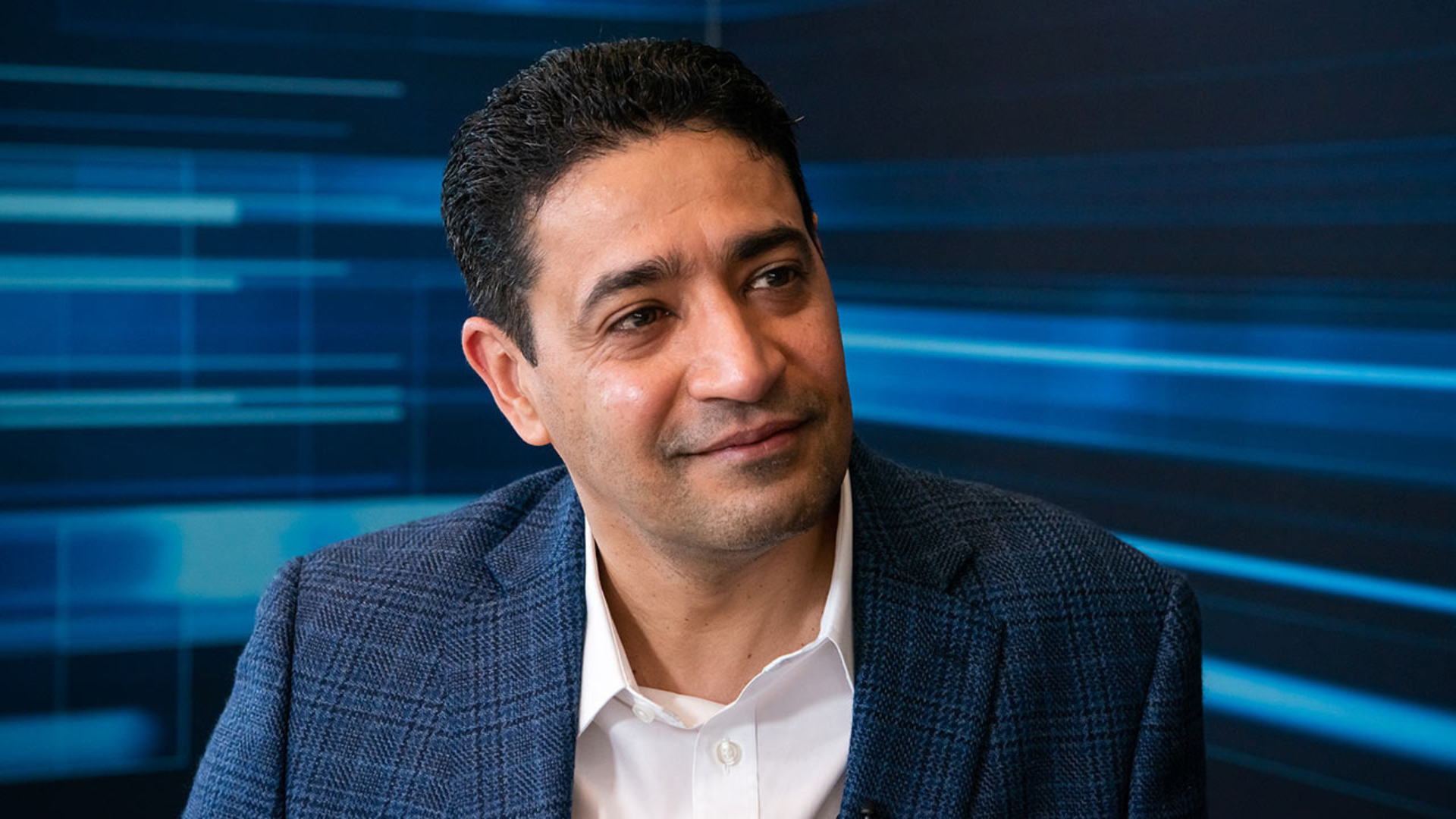
Q. You spent the first half of your career in technology at major investment banks and financial institutions. What inspired you to leave and start TrueFort? How did your experiences in financial services inform what you set out to achieve?
It all started when my co-founder and I faced a major data breach at a major bank despite spending millions on security hardware and software. In the weeks that followed, we needed to get the information to fully understand and respond to the attack. The breach exposed the weaknesses in our ‘infrastructure-centric’ security methods and tools. There had to be a different way to fully protect the critical applications on which these large financial institutions relied.
Q. You’ve often said that TrueFort fulfills an unmet need in mitigating risk at an enterprise level. Some of our readers might not understand what that means. Can you explain what TrueFort can do for a company and its cybersecurity posture?
We dramatically reduce the impact of security incidents by preventing attackers from using stolen credentials or making network connections in any manner that doesn’t fit the ideal, approved behavior in the data center or cloud. TrueFort gives companies the understanding of their application environments they need for the security team and application owners to collaborate when defining what assets need to be protected, what resources are needed for optimal operations, and what microsegmentation policies will protect their critical assets from compromise.
(Microsegmentation is a security technique that splits a network into definable zones and uses policies to dictate how data and applications can be accessed and controlled.)
Q. What trends are you seeing in the market? Are there new opportunities that are presenting themselves?
The most encouraging trend we’re seeing is an increased recognition that microsegmentation is the most effective way to stop attacks before they spread. Regulators, cyber insurers, and Zero Trust mandates are all requiring that businesses adopt and prove continuous microsegmentation.
Q. How has the cybersecurity landscape changed over the past few years?
In the past few years, the long string of devastating ransomware and supply chain attacks have increased in frequency and are even available for purchase by any criminal with a laptop. No business can afford to operate without an information security program as a matter of business continuity and resiliency.
Q. How are you attracting and retaining talent?
The best part of building a company that solves a very big and difficult problem is that the best talent is attracted to that. When people see what we have built and realize what they can be a part of, you can visibly see the change in their energy. We’re all driven by the opportunity, together.
Q. What is one of the best pieces of advice you received when you started as a founder?
I have some brilliant advisors and I’m always looking for new guidance. One that stands out was to take advantage of my long experience as a practitioner – to make decisions about product in the lens of what I would want as a customer and to guide the sales force based on my experiences as their former target.
Q. Do you have any advice for new founders?
Just make sure you have something that you truly believe can make a significant impact. You’re going to run into so many obstacles that you must make sure the driving force behind founding the company is enough to keep you confident as these obstacles arise.
About TrueFort
TrueFort is the leader in delivering zero trust segmentation for critical applications. Leveraging unique real-time, adaptive trust, and cloud-to-ground capabilities, TrueFort’s platform detects and contains security threats before they become business risks. Founded by former IT executives from Bank of America and Goldman Sachs, leading global enterprises trust TrueFort to deliver unprecedented application visibility and workload security. For more information visit truefort.com

